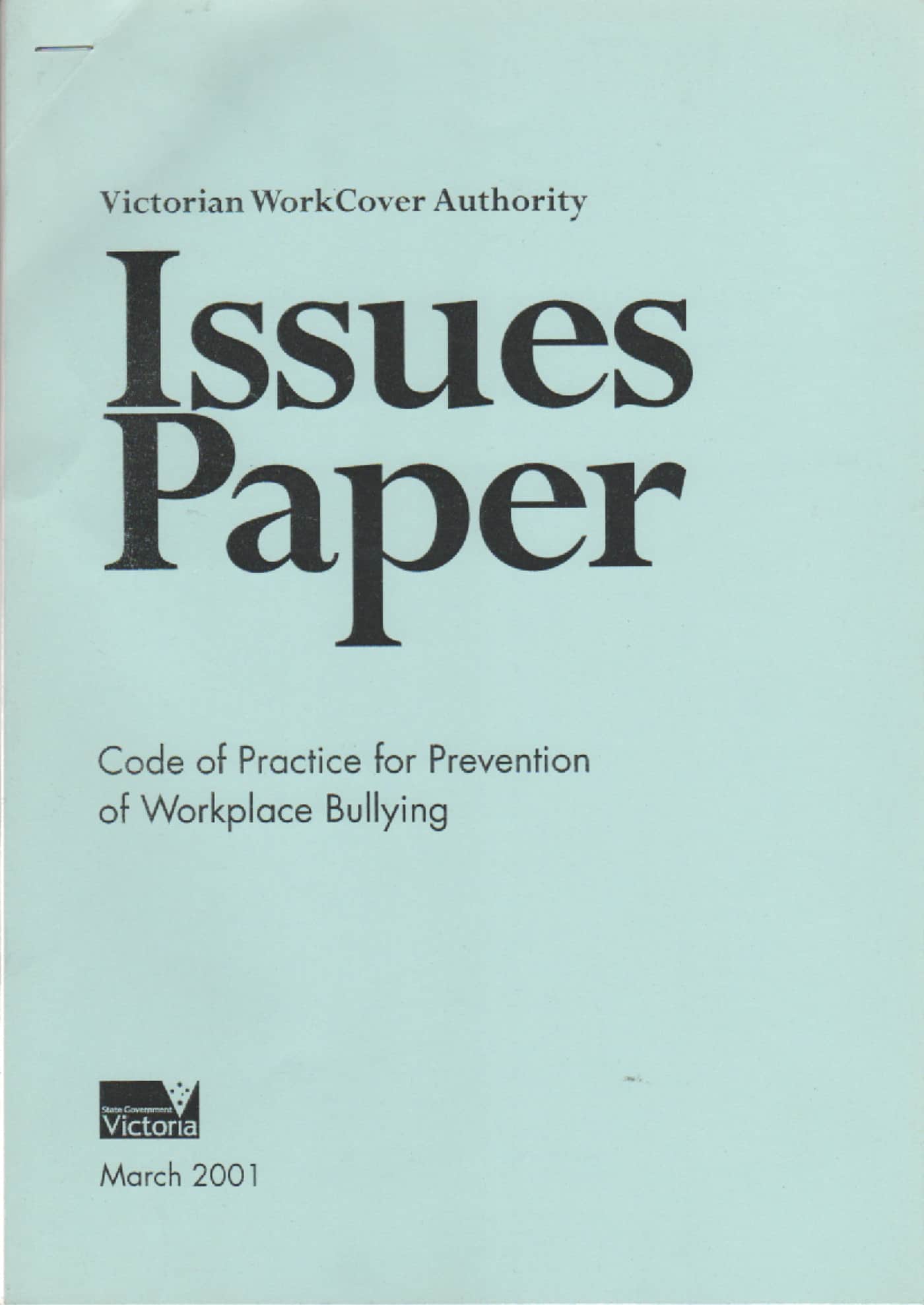At many occupational health and safety seminars and conferences in Australia there is often an OHS professional in the audience who says that jail time is the only real and effective deterrent for those breaking safety laws, usually in the context of gross negligence, reckless endangerment or industrial manslaughter. The threat of imprisonment is indeed a deterrent for some people.
But sometimes there is an OHS professional who colours their call for imprisonment by suggesting that, once in prison, offenders should be harmed or even raped. An example appeared on an OHS discussion forum within the last week. The comment, on an issue of fall prevention, included this phrase:
“Only need to send a few for a short holiday with “Bubba” and some soap on a rope, to get the message across to the masses.”
This person is suggesting that the deprivation of liberty is insufficient punishment for an OHS offence and that the offender should also be raped. What does this say about the real values of a person whose profession is based on harm minimisation and the elimination of hazards?
If, as The Guardian newspaper says, the two main principles for jail are “in order to punish wrongdoers, and to remove the danger they would otherwise pose to the wider world”, where is the justification for abuse?
The “Bubba” comment above, and many similar comments I have heard over the years, may be an extension of the cynicism that many OHS professionals seem to acquire over their time in the profession. But it is also offensive and shows an approach to humanity that I do not share and that I believe has no place in the OHS profession, or anywhere, for that matter. It is lazy thinking, and these thoughts come from those who advise Australian businesses! It is a shameful situation.



 His research has taken him to look at “organisational violence” and in October 2012, he addressed the 3rd International Conference on Violence in Healthcare (the proceedings are available
His research has taken him to look at “organisational violence” and in October 2012, he addressed the 3rd International Conference on Violence in Healthcare (the proceedings are available  Statistics and Costs
Statistics and Costs